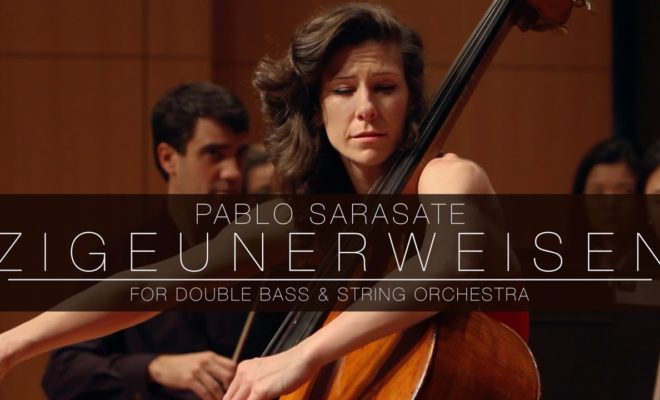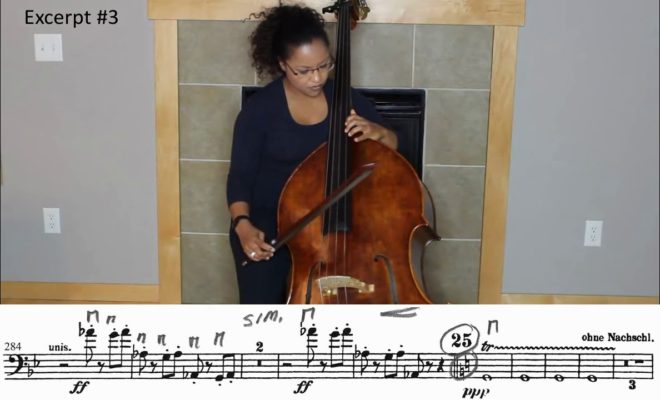Check out these archives from our posts, blogs, and pages. You can find a lot of great content, both old and new, right here.

Lauren Pierce is one of the most prominent double bass soloists of a new generation of instrumentalists. Leveraging her talent against emerging social media platforms, Lauren was an early adopter of YouTube with a few performance videos that "took off" and quickly dove into video lessons, instructional video, and podcasts. She has collaborated with other instructional websites and routinely launches Facebook live sessions where you can watch her work on upcoming pieces she will be performing while getting to ask her questions directly. Take a deep dive below into Lauren's YouTube channel and be sure to check in next week…
View Full Post
A few years ago we were proud to host Eric Revis and Orrin Evans at the Upton Bass Barn for an intimate performance. Here's a recap of the night! https://youtu.be/F5Kf9lMhZzc Other than our bass brotherly love for Eric, why bring this up? Glad you asked! We have another barn concert planned, and you're NOT going to want to miss it! Mark your calendars now for Saturday, November 16th. We'll be leaking out a reservation list soon, as well as who the mystery bassist is, so keep your eye on our FaceBook & Instagram accounts for clues and news, and we'll…
View Full Post
TURv2.2 Good to see who's watching! After last weeks reboot, I saw Luis Cojal's video pop up in lots of places online. If you missed it, go back an issue and take a listen. It may not "be your thing" but you have to respect how well done and original it is. The culture today is to document the journey from the first steps in the hopes that a viral video either propels a career, or gives the positive reinforcement that hours of practice are paying off. So many young players are being incredibly brave and posting performances videos, it…
View Full Post
TURv2.1 Time to dust off an oldie but goodie and breath some new life into this! Years ago, before social media took hold, we started up a weekly eMail called "The Upton Report". The original intent wasn't to just blast you with advertising for our stuff...it was actually meant to be entertaining! We collected double bass related news, videos, events, etc that we thought worthy of passing along. Some weeks, it was easy! Some weeks, it was daunting. And after keeping it up for years...it kinda faded out. Jump to now...and I think its time to dust this off and…
View Full Post